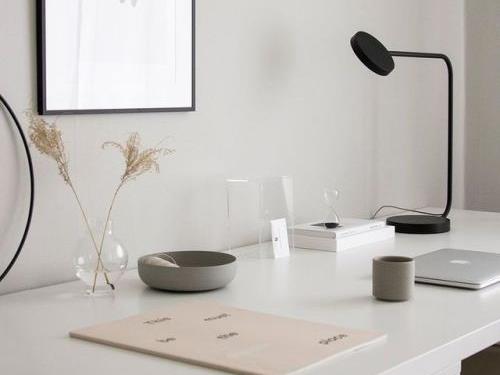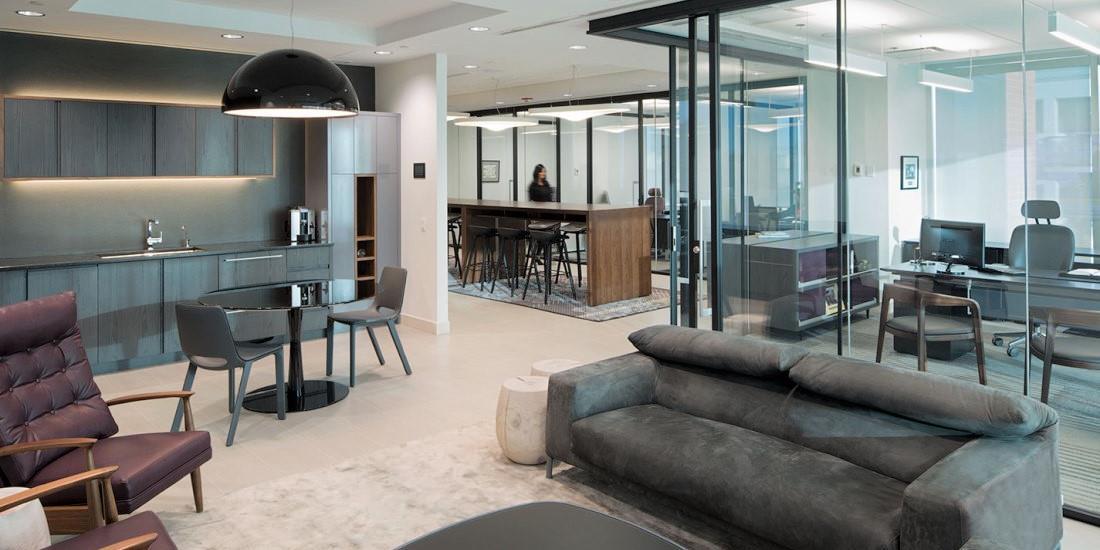
Why Offices Won’t Disappear
Most people are working from home right now.
We have been forced to figure out how to perform office work from a remote environment. We are tapping tools and technologies in an effort to maintain some level of contact as we endure this period of uncertainty.
In fact, the transition seems to be working in some circles. This has many people wondering. Will remote working become a permanent trend? Or is this merely a short term coping strategy for an exceptional global calamity?
The truth is that remote working may be common practice for a small fraction of workers. However, for many companies and employees this way of working is a first. For most, it is an experiment in technology, business practices, communication, teamwork, and leadership.

The urgency has pushed management and teams to adapt quickly by setting up a homeworking environment so that
‘business as usual’ may continue, despite a ‘no human contact’ regime.
There are undoubtedly challenges to working from home that can be resolved and controlled. These challenges include:
.
- technology requirements and variances,
- office ergonomics,
- home and familial distractions,
- training required on how to manage remote workers, and
- how to communicate effectively with co workers (including those
new at home ‘co workers’) and clients.
.
These challenges reflect hurdles that are fairly simple for an organization and an individual to overcome. Yet, as time passes it is social isolation, loneliness, and possible lack of drive and morale that are the biggest concerns.
Let’s face it. Socialization is core to human nature. It’s good for human health.
.
Socialization and employee engagement are the main reasons why the office will continue to exist once extenuating global circumstances are resolved.
.
According to a recent Harvard Business Review article, “Loneliness is one of the most common complaints about remote work, with employees missing the informal social interaction of an office setting. It is thought that extraverts may suffer from isolation more in the short run, particularly if they do not have opportunities to connect with others in their remote work environment. However, over a longer period of time, isolation can cause any employee to feel less “belonging” to their organization, and can even result in increased intention to leave the company.” [01]
Today we are virtually and technologically connected. We have experienced exponential advancement of new technological expertise. Yet the rates of loneliness have doubled in the last 40 years. [02]
Loneliness and mental health are a growing health epidemic. On a personal level, this is associated with increased risk of depression and anxiety, dementia, cardiovascular disease, and an overall decrease of life span. Professionally, loneliness results in reduced task performance, limited creativity, and impairments of frontal lobe brain function such as reasoning and decision making. [02]
This is very expensive to employee productivity, business growth and prosperity, not to mention the negative impact on the people themselves.
There are numerous strategies for employers and the teams within an organization to support one another during times of temporary forced work isolation.
But clearly, what can help us manage a short term emergency is very different from a smart long term strategy. Early adopters of homeworking (well prior to the COVID 19 pandemic) such as IBM share two divergent observations:
- Collaborative technology allows teams to work at a distance,
- Yet research shows those teams won’t be as productive.
.

In the words of Rob Purdie, Enterprise Agile Coach at IBM “You won’t fly.” [04]
Interpersonal skills such as empathy and collaboration cannot be automated. [03] We miss out on this type of interaction when working from home. This is not only bad for health; it is bad for business.
.
.
.
If we take the opportunity to evaluate the social and productive workplace, there is opportunity to make the physical, communal office more valuable than ever before.
.
The work environment can be geared to cultivate social connection. Business leaders can support improved health, well-being, and engagement of employees as priorities using the office environment.
Companies are looking to retain productive and committed employees. To accomplish this, the experience must be more than merely transactional. It has to offer a genuine experience, recognize the significance of the built environment and design, and embrace that people behave differently in different space. A space can promote happiness or unhappiness, creativity and passion, or a loss of enthusiasm and initiative. [05]
There has been a shift in how people tend to work during business travel over the years. This varies from a simple desk in a personal hotel room to the development of a social hub where people can work alone, together. [06] Travelers may potentially even interact socially.
However, working full work hours for months and years on end in isolation is not a sustainable trend. The increase of people working in cafes and public spaces along with the eruption of co-working space further supports that more than homeworking in one environment is required to satisfy our needs in a workplace and career.
The true value for an organization with shared amenity space is not that there is free food, or that employees need down-time during office hours to watch sports or play ping-pong at work. The true value is to anchor a culture of free thinking, and to increase the sharing of new ideas throughout the organization.
It is spaces like this in a workplace that function as common-ground for a spontaneous conversation or the spark of a new idea while bumping into a co-worker unfacilitated. While this thinking and design started out in Silicon Valley, co-working has been quick to adapt, and has since been implemented by individual tenants globally.
Today’s office provides an array of settings that reinforce community and act as a mechanism for creating and transfer of knowledge with other knowledgeable people. Reception areas or integrated social lounges and the front-end of an office space provide an arrival experience for employees and clients alike. This conveys a company attitude and brand that allow all to share.
Heads down work zones and private offices or workstations allow for varying levels of private ‘me-work’ time. Break-out zones, lounges, collaborative areas, and meeting rooms – both formal and informal, allow users to move seamlessly from various activities and have moments of spontaneous sharing of ideas and professional, relaxed socializing. [07]
This diversity of spaces within the workplace offer a level of comfort, communication style, and amenity to a group that an individual at home would otherwise not have access to.
.
Don’t expect the corporate office to leave anytime soon.
.

.

Brittany Maddin
Business Development, Designer
With over a decade of experience in commercial office interior design, Brittany’s goal is to share the latest strategies that can improve how we work.
For more information, contact Brittany at bmaddin@shearerdesign.com
Sources
[01] “A Guide to Managing Your (Newly) Remote Workers”, Barbara Z. Larson, Susan R. Vroman and Erin E. Makarius, Harvard Business Review, March 18, 2020. https://hbr.org/2020/03/a-guide-to-managing-your-newly-remote-workers
[02] “Work And The Loneliness Epidemic”, Vivek H. Murphy, Harvard Business Review, no date. https://hbr.org/cover-story/2017/09/work-and-the-loneliness-epidemic
[03] “Sorry, but Working From Home Is Overrated”, Kevin Roose, The New York Times, March 10, 2020. https://www.nytimes.com/2020/03/10/technology/working-from-home.html
[04] “When Working From Home Doesn’t Work”, Jerry Useem, The Atlantic, November 2017 Issue. https://www.theatlantic.com/magazine/archive/2017/11/when-working-from-home-doesnt-work/540660/
[05] “The True Measure Of A Space Is How It Makes Us Feel”. Teknion, Hardcover Edition, 2017. Chapter 11: “The Kids Are Alright”, Michael Vanderbyl.
[06] “The True Measure Of A Space Is How It Makes Us Feel”. Teknion, Hardcover Edition, 2017. Chapter 10: “Your Room is Ready”, Primo Orpilla.
[07] “The True Measure Of A Space Is How It Makes Us Feel”. Teknion, Hardcover Edition, 2017. Chapter 15: “Hospitality Comes To The Office”, Lauren Rottet.
